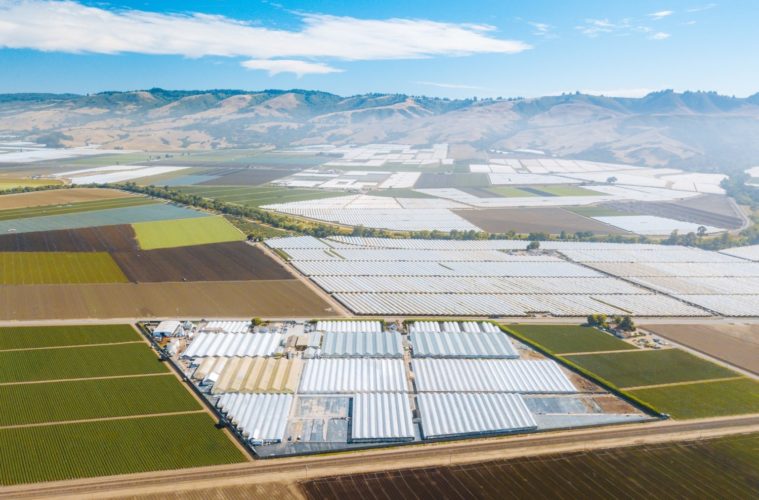Regardless of whether or not the cannabis will actually be sold, California’s cultivation tax hike hit on January 1.
Now four years into the implementation of Prop. 64, one of the most hot-button topics remains the level of taxation faced by small farmers we thought we were voting in favor of. Specifically, the idea of creating an industry that would bring them into the light. But in the process of merging medical marijuana regulations and the will of the voters, protections for those small farmers against mega producers were lost. There is a vibrant conversation on Instagram at the moment as some try and distance themselves from their role in those protections falling through.
What does that have to do with taxes? As the giant farms flooded the marketplace the price of a pound of marijuana crashed. When you’re getting $1,500 a pound for your weed, it’s not as crazy to pay $161.28 in cultivation tax a piece, up from $154.40 last year. But what if the price of the pound drops to a few hundred dollars as we saw in 2021?
Unfortunately for farmers, that means half the value of their crop is going to the state as cultivation tax alone. Never mind all the other aspects of compliance like testing, banking fees, excise tax, and a weird permitting structure that requires annual authorization. So after the state has taken over half of the value already the rest is divided amongst the other compliance and payroll costs leaving pennies for the farmer.
Different styles of production will feel the increase less. I talked with one medium-sized indoor producer with a facility just under 600 lights that does a lot of white labeling for other brands expecting to see an additional tax hit of about $40,000 in 2022 from the hike.
But their pricing situation is much different from small outdoor farmers talking in hundreds per pound.
“December was rough. Max was $1,800, and most went out closer to $1,600,” the grower told L.A. Weekly of the prices he was getting for top-shelf indoor. “Some I’m still sitting on waiting for a deal but we harvest every 7 days all year so there’s always a new batch, which means I’ll probably have to fire sale some of last month’s stuff that hasn’t moved yet in the $1,200 range.”
Up north, the team at Ladybug Farms has been proactive in dealing with their tax burden. In October they put together a presentation outlining local taxation in Monterey, “which we were able to reduce to $3/Sqft of flowering canopy,” Jake Brookes, director of operations, told L.A. Weekly.
But the hike in the cultivation tax is still going to cost them a pretty penny. Ladybug Farms is expecting to get hit with an increase of just over a quarter-million dollars, $255,712 more than last year.
“Our combined cultivation tax liability across dry flower, leaf and fresh flower cultivation tax that would be paid between ourselves, our manufacturing and wholesale partners would be $5.96 million,” Brookes noted. That’s assuming Ladybug Farms cultivates the same total bio-mass with post-processing ratios and sales allocations also holding steady.
One of the state’s OGs also broke it down for us. As a neighbor of Lawrence Ringo and one of his test subjects, Harry Rose is one of the original players when it comes to CBD whether Sanjay Gupta visited his farm or not. Rose continues his patient-first approach these days through a wide range of products at Rosette Wellness.
“Most cultivators don’t pay the cult tax. It gets passed on to final distro who theoretically pays it. Just eliminating cultivation tax will not help save small farmers as they aren’t paying it anyway, most of the time,” Rose told L.A. Weekly.
He also believes the increase in pound price by $150 also isn’t enough given the market.
“License fees are very expensive at the state and local levels and are due before any product is sold as well as the fact that any other license of this type would be 10 years or permanent, such as in alcohol,” Rose said. “It is complex and people are simplifying without knowledge.”
Rose also argues the big corporate cannabis players are pushing for just cultivation and excise tax relief as that will make their profits higher while other needs of the small farmer, in addition to tax relief, get lost in the noise.
“In reality, we need to allow small farmers and producers to do their own COA testing, processing, transportation, distribution and sales,” Rose said before calling for license fee relief in addition to tax relief to help save the industry.
Advertising disclosure: We may receive compensation for some of the links in our stories. Thank you for supporting LA Weekly and our advertisers.

